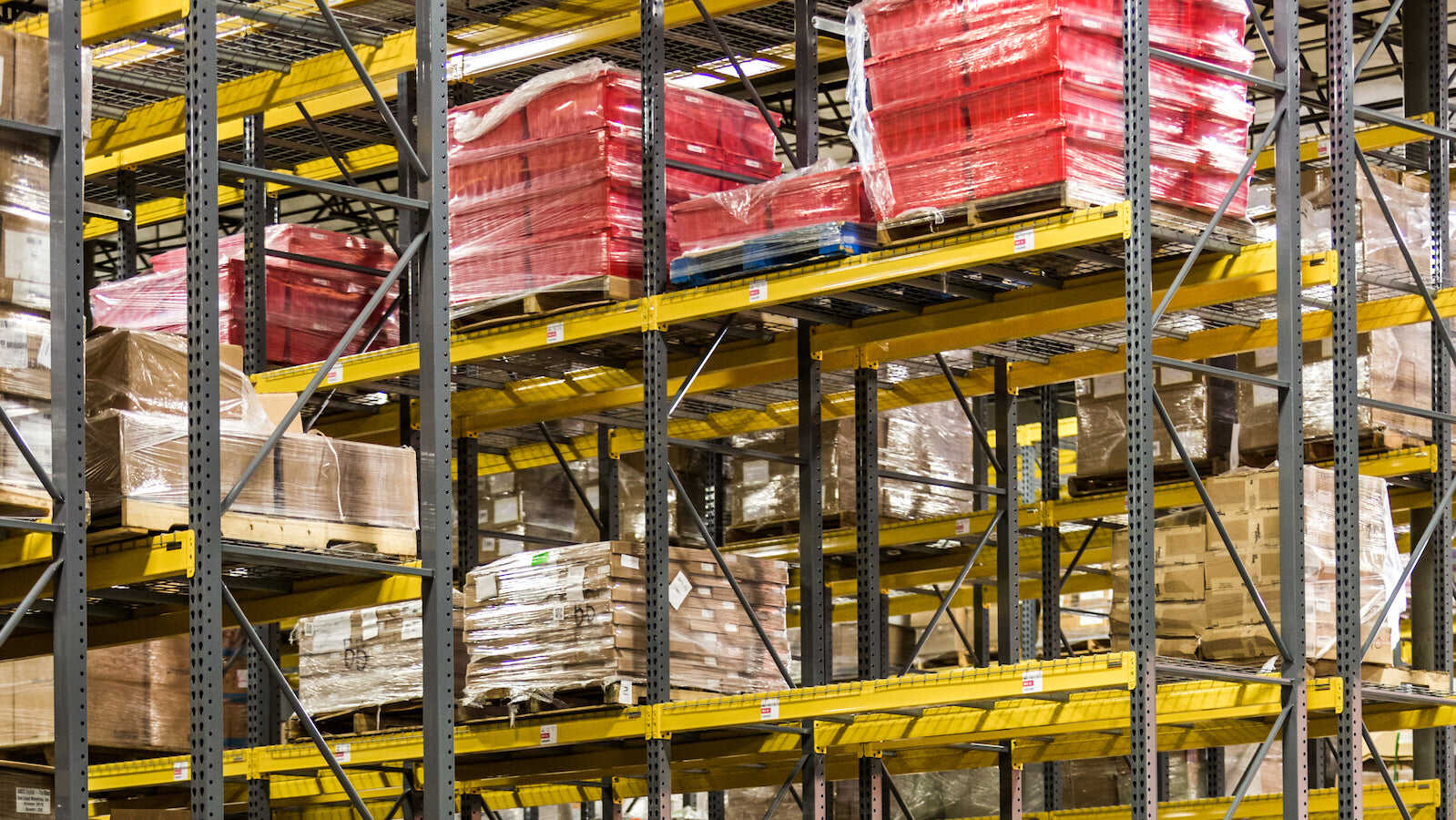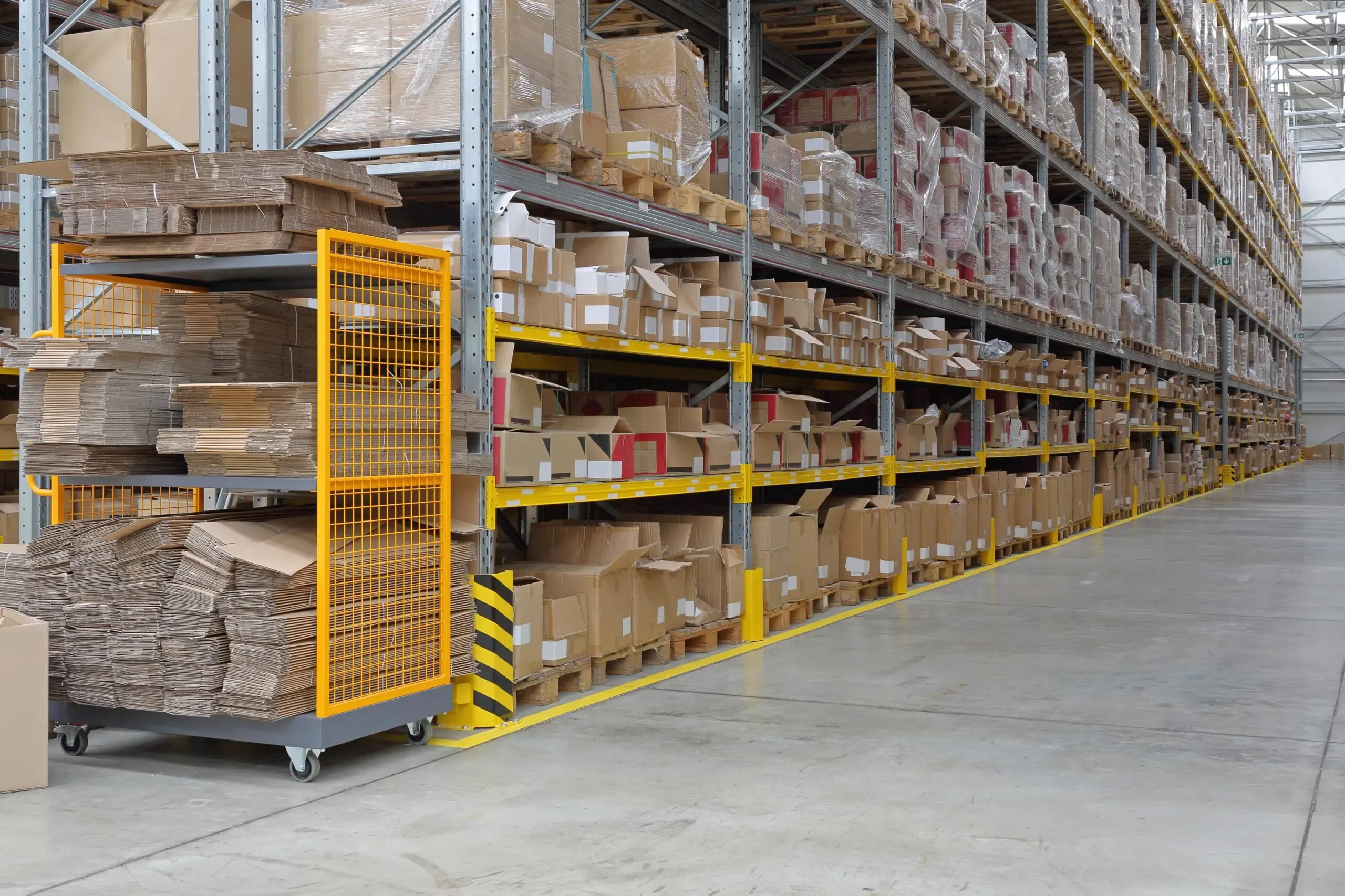3 korzyści z outsourcingu logistyki sklepów internetowych do 3pl
wprowadzenie
Świat e-commerce szybko się zmienia, a zarządzanie jego logistyką może zająć tylko lata rozwoju i zasobów - nie jest to proste. W miarę rozwoju sklepów internetowych, efektywne przechowywanie zamówień i wysyłka stają się coraz bardziej krytyczne. Tutaj pojawia się logistyka
korzyść 1: oszczędności kosztów
Jednym z głównych powodów, dla których sklepy internetowe decydują się na outsourcing logistyki jest możliwość obniżenia kosztów. W tym zakresie dostawcy 3pl mogą oferować znaczące zalety:
- obniżenie kosztów administracyjnych: poprzez outsourcing tej pracy sprzedawcy detaliczni internetowi mogą uniknąć wysokich kosztów utrzymania własnych magazynów i flot transportowych. W wielu przypadkach 3pl dostawców tej skali może to zrobić za niższy koszt, co oznacza większy bezpośredni zysk dla sklepu internetowego.
- koncentracja na podstawowej działalności: gdy 3pl zajmuje się logistyką, sklepy internetowe są zwolnione z zadań i przekierowane do swoich twórczych energii do obsługi głównej działalności - takich jak produkcja produktów, reklamy klientów (poprzez marketing), pozyskiwanie klientów.
- Badania przypadków lub ilustracje: istnieje wiele przykładów z firm e-commerce pokazujących korzyści kosztowe partnerstw 3pl. Na przykład jeden sprzedawca detaliczny specjalistycznych produktów spożywczych twierdzi, że dzięki współpracy z zewnętrznym dostawcą logistyki, który zapewnił skonsolidowane przesyłki i
Korzyść 2: talent i umiejętności
- W przypadku, gdy dostawcy 3pl mogą uzyskać dostęp do wyspecjalizowanych talentów i zaawansowanych zasobów, dostawcy 3pl zazwyczaj inwestują w najbardziej zaawansowane systemy zarządzania magazynami i technologie realizacji zamówień.
- Dzięki głębokim doświadczeniom praktycznym w zakresie logistyki i najlepszym praktykom, które posiadają dostawcy 3pl, mogą one dostarczać zoptymalizowane plany odpowiadające szczególnym wymaganiom różnych branż.
- skalowalność i elastyczność: przedsiębiorstwa internetowe doświadczają dużych wahania popytu. W okresie szczytowym dostawca 3pl może zwiększyć swoją zdolność obsługi w zależności od potrzeb, zapewniając sprzedawcom internetowym elastyczność, której potrzebują w okresach wysokich sprzedaży i bez konie
Korzyść 3: poprawa doświadczenia klienta
- doświadczenie klienta jest kluczowym punktem różnicowania dla sprzedawców detalicznych online. dla sklepów internetowych, outsourcing logistyki może znacznie poprawić ten kluczowy aspekt działalności:
- szybsze realizacja zamówień: wielu dostawców 3pl posiada rozległe sieci dystrybucyjne, umożliwiające im wysyłkę zamówień z najbliższego magazynu tak szybko, jak to możliwe.
- lepsza jakość usług: dzięki wykorzystaniu wiedzy specjalistycznej 3pl dostawców, sklepy internetowe mogą zapewnić, że ich produkty są pakowane i obsługiwane ostrożnie przed ich wypuszczeniem; może to pomóc w złagodzeniu przyszłych problemów powodowanych w tranzycie podczas transportu w innym miejscu.
- obsługa klienta i obsługa posprzedażna: wielu dostawców 3pl zapewnia pełne usługi obsługi klienta. mogą one obsłużyć pytania dotyczące wysyłki, śledzenia, zwrotu towarów itp. umożliwia to pracownikom sklepu internetowego skoncentrowanie się na innych działaniach w ich fir
Należy rozważyć dalsze problemy i czynniki
Chociaż wiele firm internetowych uważa za korzystne outsourcing logistyki na rzecz osób trzecich, istnieją również następujące problemy i czynniki, które należy wziąć pod uwagę:
- Wybór partnerów 3pl należy dokonywać z rozsądkiem: należy upewnić się, że wybrany przez siebie dostawca 3pl pasuje do ogólnych celów sklepu internetowego.
- W celu zapewnienia sprawnego przebiegu, konieczne jest starannie zaplanowanie i zarządzanie przejściem na dostawcę 3pl.
- Kontynuuj monitorowanie wyników i komunikację: udane partnerstwo z dostawcą 3pl wymaga ciągłego dialogu i ciągłego wysiłku w celu monitorowania wyników.
podsumowanie
W sumie, nie ma.
Nasze udostępnianie usług logistycznych dostawcy 3PL oferuje znaczne korzyści dla sklepów internetowych, w tym efektywność kosztową, lepszą wiedzę i zasoby oraz lepsze doświadczenie klientów. Kluczem do uzyskania tych korzyści jest jednak wybór odpowiedniego partnera 3PL, skuteczne zarządzanie przejściem i utrzymanie silnego partnerstwa opartego na komunikacji. W ten sposób moc usług 3PL może być wykorzystana do utrzymania ich rytmu dobrze smarowanego, a sklepy internetowe mogą oferować lepszą usługę w celu zadowolenia klientów.






